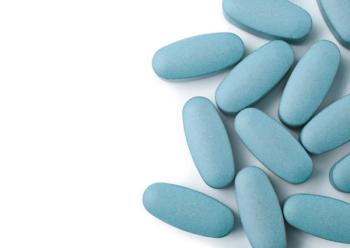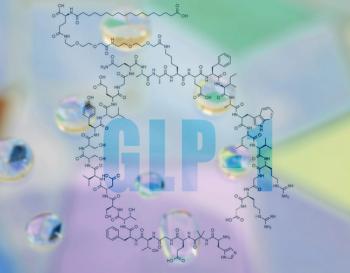
|Slideshows|June 7, 2019
Child Psychiatry for Adult Psychiatrists
Author(s)Chris Aiken, MD
Pediatric pearls with a focus on depression.
Advertisement
Newsletter
Receive trusted psychiatric news, expert analysis, and clinical insights — subscribe today to support your practice and your patients.
Advertisement
Latest CME
Advertisement
Advertisement
Trending on Psychiatric Times
1
Competence and Compassion in the Reiner Family Tragedy
2
Religion and Spirituality in Psychiatry and Mental Health: Clinical Considerations
3
Dronabinol for Agitation in Autism Spectrum Disorder: Research From the National Update on Behavioral Emergencies Conference
4
FDA Recommends Additional Phase 3 Trial for Brilaroxazine for Schizophrenia
5













